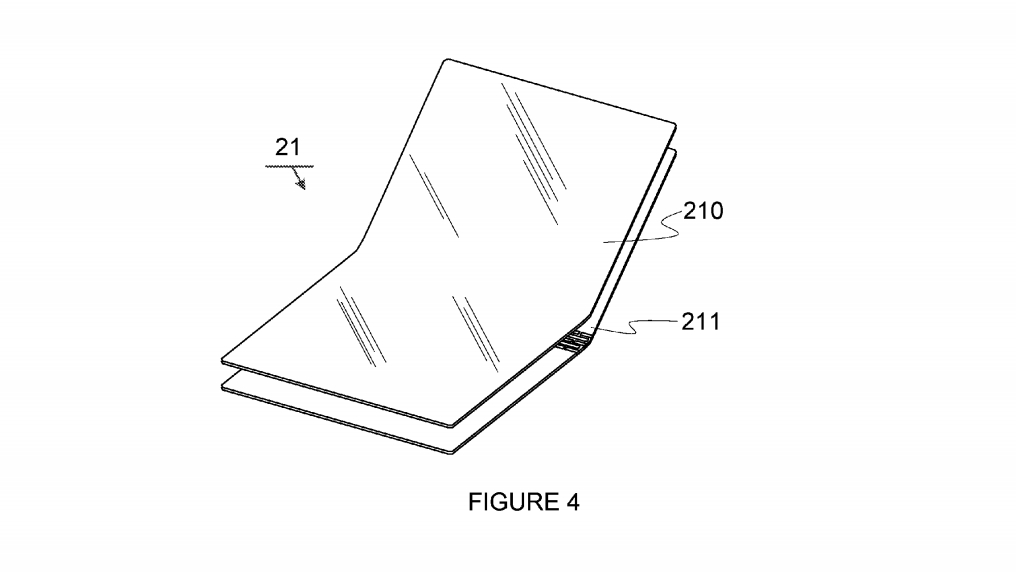Is Microsoft planning a 2-in-1 laptop with a foldable screen?
Could this concept be the hybrid to follow Surface Centaurus?

Microsoft could be working on a foldable device of some kind, at least going by a new patent that shows a concept for a bendable screen.
The patent (discovered by Windows Latest) which was published last year describes a laptop – or indeed any manner of portable electronic device – which comprises of a body and a flexible display stack. In other words, a screen which is foldable, a concept that a lot of companies are now either working on, or indeed already have a device out there.
The idea here is that the device is made up of a chassis, and the display stack which has at least one active layer – probably with a window layer, or a protective screen, on top – and a supporting layer at the bottom.
- Dual-screen Andromeda device could use ultrasound tech
- Check out our fully updated Windows 10 review
- We’ve chosen all the best 2-in-1 laptops of 2019
Microsoft notes that the supporting layer could be made of metal, and will contain a bendable region to allow the screen to fold. That folding action could be facilitated by a hinge (a hinge with rotating elements is mentioned), or it could use an elastic component like rubber.
The support layer will be fastened to the body of the device in a manner that facilitates a ‘movable connection’, which could be a physical mechanism – studs and grooves – or a magnetic system, or a combination of both.
The idea is to maintain enough flexibility to allow the screen to move and fold, yet still keep the display stack attached to the body, obviously enough, all while ensuring that repeated folding of the device doesn’t cause any physical deformation of the display.

Shocking revelation
Microsoft also observes that having such a “floating” connection between the screen and the chassis of the device may also provide useful shock absorbing capabilities, if the hardware is, say, accidentally dropped on the floor.
Sign up for breaking news, reviews, opinion, top tech deals, and more.
Of course, we have to remember that patented technology may never make it past the research stage or prototyping, so this doesn’t necessarily mean that Microsoft will ever produce a device along these lines.
That said, there are strong rumors that the company is working on some manner of dual-screen device, whether that be a full-size two-screen tablet (Centaurus), or a smaller dual-screen ‘pocketable’ computer (Andromeda).
Those pieces of hardware have two distinct screens, or so the speculation has it, but perhaps future iterations will use a foldable display as detailed in this patent, to get rid of – or rather hide – the unseemly hinge.
- These are the best laptops of 2019
Darren is a freelancer writing news and features for TechRadar (and occasionally T3) across a broad range of computing topics including CPUs, GPUs, various other hardware, VPNs, antivirus and more. He has written about tech for the best part of three decades, and writes books in his spare time (his debut novel - 'I Know What You Did Last Supper' - was published by Hachette UK in 2013).